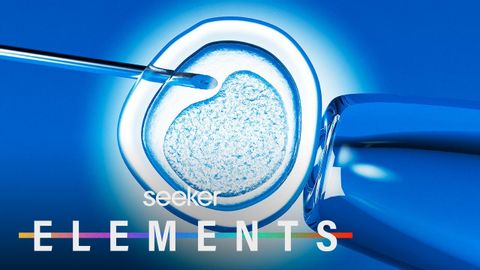ヒト胚の研究に14日間の制限を設ける理由 (Why Scientists Might Drop the 14-Day Limit on Human Embryo Research)
Summer が 2021 年 06 月 04 日 に投稿  この条件に一致する単語はありません
この条件に一致する単語はありませんUS /ˈrek.əɡ.naɪz/
・
UK /ˈrek.əɡ.naɪz/
- v.t.(~が本当であると)認める : 受け入れる;(重要性を)認める;法的権威を尊重する;公にその人の貢献を称賛する;認識する、認知する
US /ˈstrʌk.tʃɚ/
・
UK /ˈstrʌk.tʃə/
- n. (c./u.)構造;建物
- v.t.組み立てる;組織する
US /ɪkˈspɛrəmənt/
・
UK /ɪk'sperɪmənt/
- n. (c./u.)実験;試み
- v.t./i.実験をする;試みる
US /dɪˈvɛləp/
・
UK /dɪ'veləp/
- v.t./i.展開する;開発する;発達する;現像する;発症する;磨く
エネルギーを使用
すべての単語を解除
発音・解説・フィルター機能を解除
